Have you ever thought about your daily meals as more than just fuel for your body? Imagine your pantry stocked not just with ingredients for great recipes but tools that nourish, heal, and protect your body. The concept of “food as medicine” is no longer just a philosophical idea but a scientifically validated phenomenon, offering incredible potential to enhance health and well-being.
This article dives deep into the fascinating world of medicinal foods, explaining their health benefits, exploring how they work, and offering practical tips to incorporate them into your life.
Understanding Food as Medicine
What is food as medicine?
Simply put, “food as medicine” refers to the idea of using food and nutrition to promote overall health, prevent disease, and even act as therapeutic interventions. While food won’t replace medicine in critical medical situations, a growing body of evidence shows that your diet plays a critical role in health.
Historical uses of food for healing
Using food as medicine isn’t new. For centuries, cultures around the world have recognized the healing properties of certain foods. Ancient Egyptians used honey to treat wounds, Traditional Chinese Medicine relies heavily on herbal remedies, and Indian Ayurveda considers spices like turmeric and ginger cornerstones of health.
Modern scientific validation
Science is catching up with tradition. Take, for example, garlic. Once valued in ancient cultures, modern research shows it helps reduce cholesterol levels and support heart health. Foods like berries, leafy greens, and probiotic-rich yogurts are now recognized for their antioxidative and gut-supportive properties, with studies validating their efficacy.
Key Foods with Medicinal Benefits
While many foods carry health-promoting properties, some stand out for their profound medicinal benefits. Here’s a closer look at the stars of the kitchen pharmacy and the science behind their powers.
Turmeric
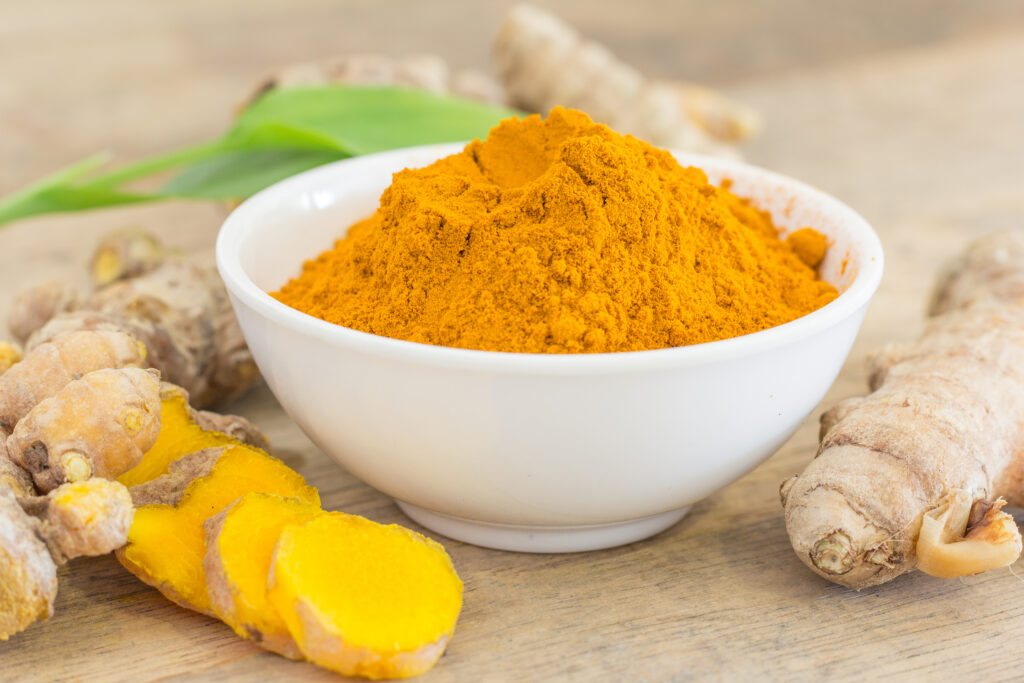
- Overview: A vibrant yellow spice commonly used in Indian cuisine.
- Medicinal properties: Curcumin, its active compound, has demonstrated potent anti-inflammatory and antioxidant effects.
- Scientific evidence: A 2020 meta-analysis highlighted turmeric’s effectiveness in reducing symptoms of arthritis.
- How to incorporate: Add to smoothies, teas, or curries. For maximum absorption, pair with black pepper.
Garlic
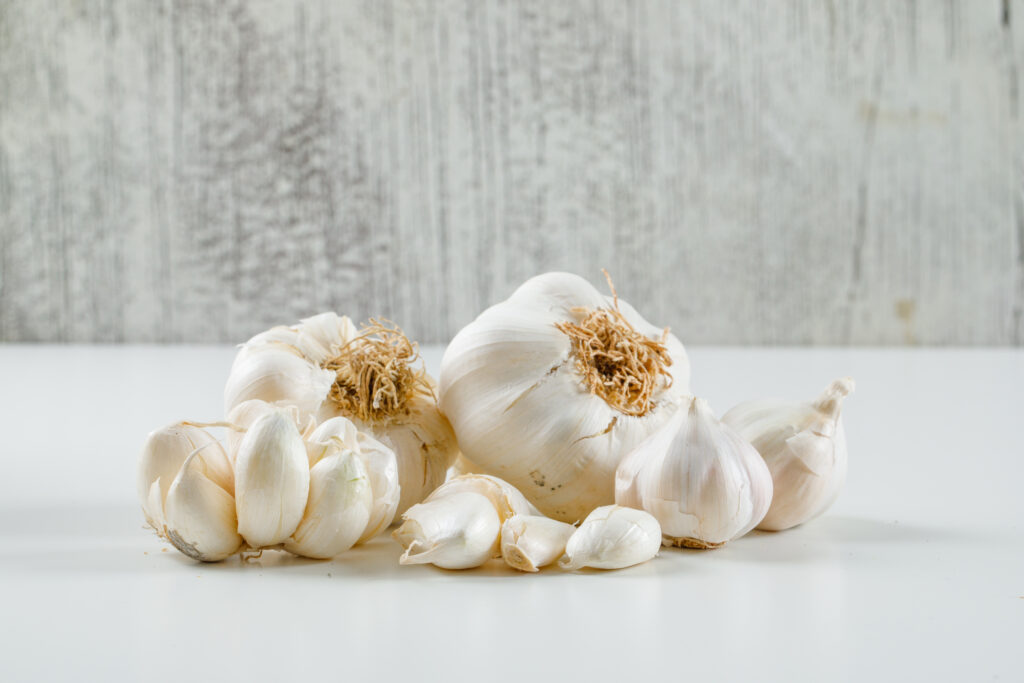
- Overview: A pungent allium vegetable widely known for its distinctive flavor.
- Medicinal properties: Sulfur compounds in garlic (like allicin) support heart health, boost immunity, and help reduce inflammation.
- Scientific evidence: Studies show garlic reduces LDL cholesterol and blood pressure.
- How to incorporate: Roast it, mince it into salad dressings, or add to sautéed vegetables.
Ginger
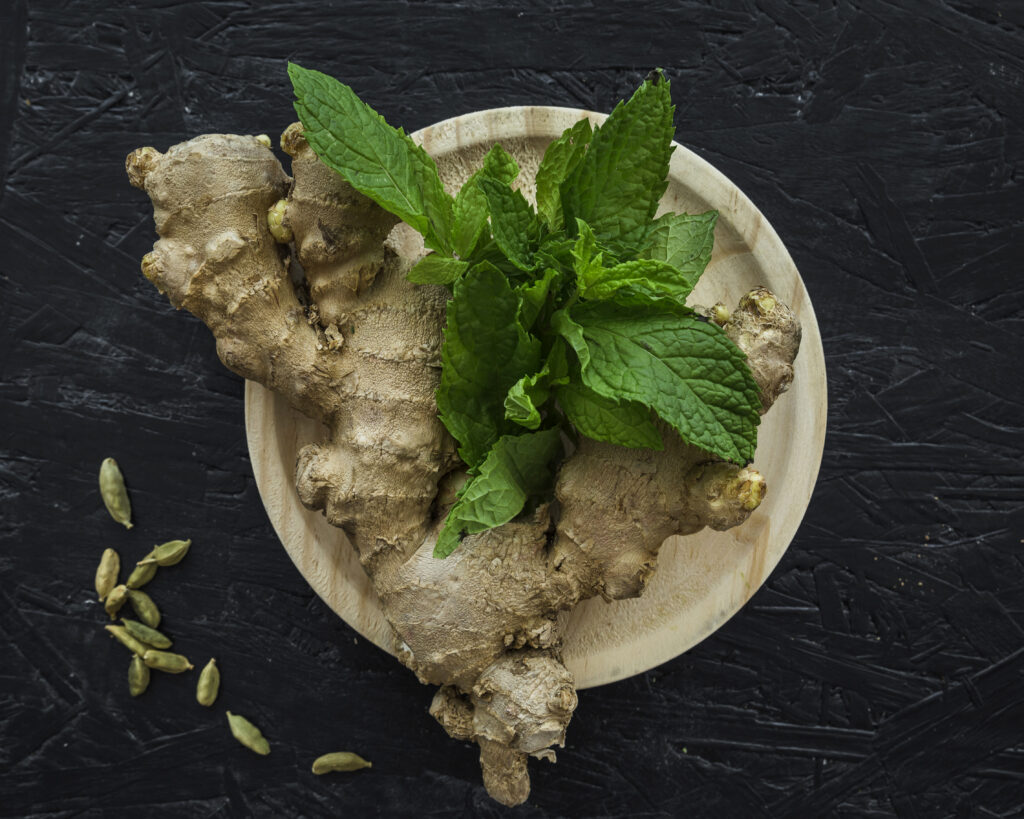
- Overview: A zesty root used in dishes and drinks worldwide.
- Medicinal properties: Gingerol, its bioactive compound, supports digestion, reduces nausea, and combats inflammation.
- Scientific evidence: Research reveals ginger effectively reduces nausea related to pregnancy and motion sickness.
- How to incorporate: Use in teas, soups, or stir-fries for a warming kick.
Honey
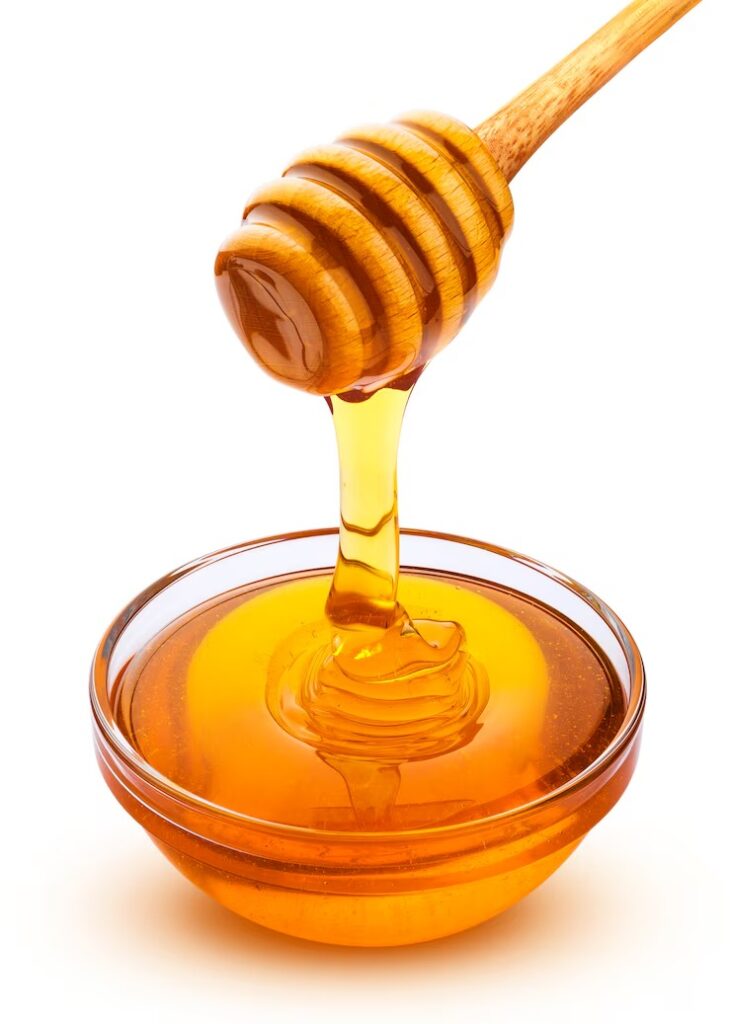
- Overview: A natural sweetener produced by bees, rich in enzymes and nutrients.
- Medicinal properties: Antibacterial, antifungal, and immune-boosting effects.
- Scientific evidence: Manuka honey is frequently used to accelerate wound healing.
- How to incorporate: Drizzle over oatmeal, add to herbal teas, or use as a natural sweetener in baking.
Berries
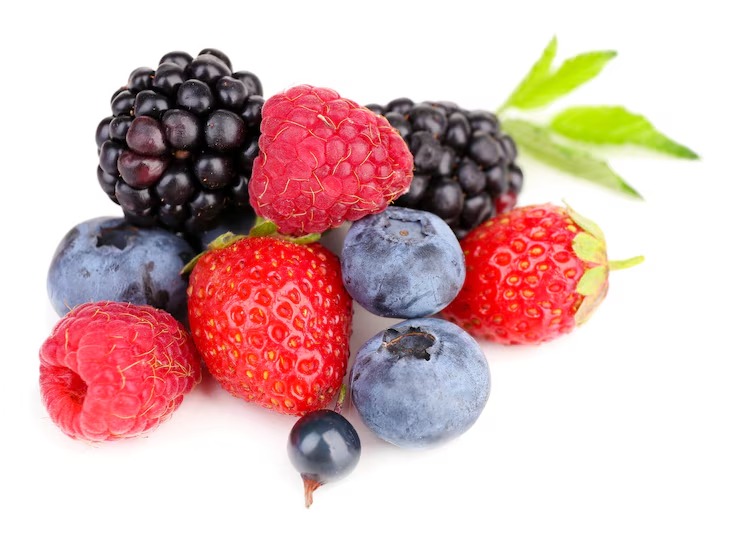
- Overview: A collection of sweet and tart fruits, including blueberries, strawberries, and raspberries.
- Medicinal properties: Packed with antioxidants, including anthocyanins, which reduce oxidative stress.
- Scientific evidence: A 2017 review showed regular berry consumption supports brain health and memory.
- How to incorporate: Toss them into smoothies, yogurts, or salads.
The Power of Spices
Spices aren’t just flavor enhancers; they carry medicinal properties that support long-term health. Examples include cinnamon for blood sugar regulation, cayenne pepper for boosting metabolism, and ginger and turmeric for combating inflammation.
How to Incorporate Medicinal Foods into Your Daily Diet
Thinking about revamping your diet? Start small for big results.
- Plan ahead: Prep meals featuring medicinal foods like salads with leafy greens, smoothies with berries, and teas with turmeric or ginger.
- Experiment with recipes: Try a golden turmeric latte or roasted garlic soup.
- Consider allergies and preferences: Swap ingredients to suit dietary restrictions.
Lifestyle Factors That Enhance Medicinal Foods
Healthy eating doesn’t happen in isolation. Pairing medicinal foods with positive lifestyle habits maximizes their benefits.
- Exercise supports cardiovascular health and complements a heart-healthy diet.
- Stress management enhances digestion and nutrient absorption.
- Adequate sleep regulates hormones influencing hunger and satiety.
- Hydration ensures cells use nutrients efficiently.
Debunking Myths About Medicinal Foods
It’s crucial to separate fact from fiction. While medicinal foods promote health, they don’t replace conventional treatments for serious illnesses. It’s always best to consult a healthcare professional, especially for chronic conditions.
The Future of Foods with Medicinal Benefits
With advancements in personalized nutrition and wearable health tech, the future of using food as medicine is exciting. Emerging studies promise further breakthroughs in understanding how natural remedies can complement traditional medicine.
People Also Ask
What is functional medicine?
Functional medicine focuses on addressing the root causes of disease through holistic approaches, including diet, lifestyle, and environment.
Can food really be medicine?
While food is not a substitute for medical treatment in critical scenarios, it contributes significantly to preventative health and overall well-being.
What are the best foods for immunity?
Citrus fruits, garlic, turmeric, and berries are top picks for boosting the body’s immune defenses.
Take Charge of Your Health
Your next meal could be more than just nourishment; it could support your immune system, reduce inflammation, and transform your health. By incorporating healing foods into your everyday diet, you empower yourself to live a healthier, more vibrant life.
Start small, experiment with new flavors, and enjoy the process. After all, the kitchen is your pharmacy, and your plate is your prescription.
